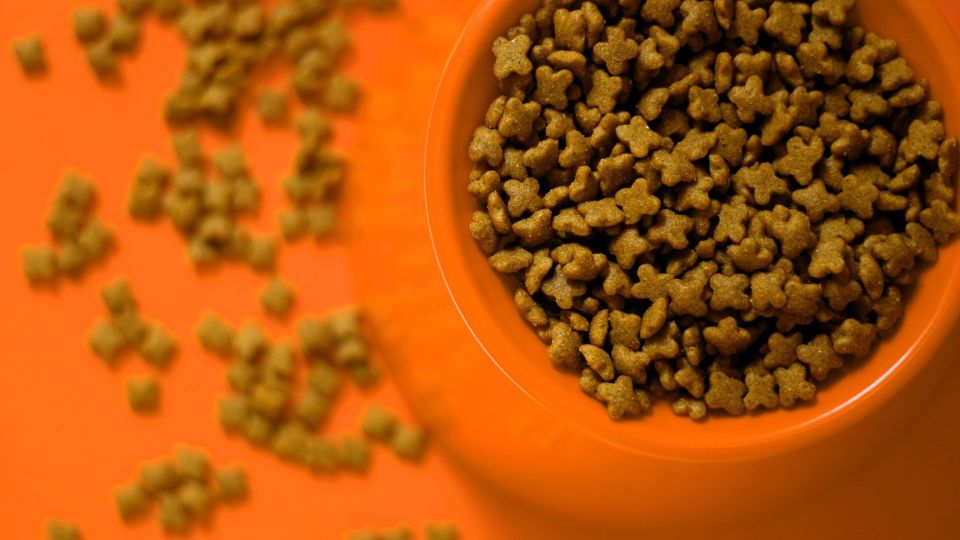Is torula yeast the next core protein in pet food formulation?

Let’s learn more about this sustainable yet highly nutritious and palatable source of protein…
Necessary reductions to environmental footprints steer manufacturers towards the use of highly palatable but consumer unfriendly byproducts, or sustainable but often unpalatable products.
More than an additive
As sustainable products such as plant-based meals can often have a positive impact on digestive health and well-being, additives become critical to balancing producer and consumer needs.
We can apply palatants to improve the sensory experience, or postbiotics to improve digestive health. What if we could achieve greater sustainability without the need for such additives? Yeast has often been used for these purposes, but its use as a core protein source should be revisited as a solution.
Palatability combined with sustainability
Torula yeast, much like its more famous counterpart, brewer’s yeast (Saccharomyces cerevisiae), is a single-celled organism with an excellent flavor profile that often mimics meat and cheese.
Recent studies in cats favorably positions torula against chicken meal (Holt and Aldrich, 2022). Torula can offer significant environmental advantages through its ability to use a wide breadth of feedstocks to create high-quality protein without the need for genetic modification.
Published LCA studies also favor torula yeast compared to soy protein or methanotrophic bacterial meal in an aquaculture setting (Couture et al., 2019).
Gut health support
Recent research has shown torula has potent anti- inflammatory properties compared to other protein sources, including Saccharomyces-based yeasts, insect meals and microalgae (Marzorati et al., 2023). Its enhanced ability to maintain gut barrier integrity has also been highlighted (Verstrepen et al., 2023).
These results are of particular interest since they are driven by mechanisms beyond conventional yeast modes of action, e.g. prebiotic or pathogen binding properties, and are exhibited after an LPS challenge.
In a recent study of Labrador retrievers, researchers found that sub-clinical chronically loose stools also presented with impaired nutrient digestibility capacity (Timlin et al., 2023). A diet containing 10% torula was able to increase nutrient digestibility to near healthy control levels, whereas a diet containing 10% brewer’s yeast remained near negative controls.
“As the pet food industry embraces alternative protein sources, SylPro® torula yeast from Arbiom can be the lever to elevate your protein sources and holistically address the future of pet nutrition,” states Ricardo Ekmay, PhD, Research & Development at Arbiom.
